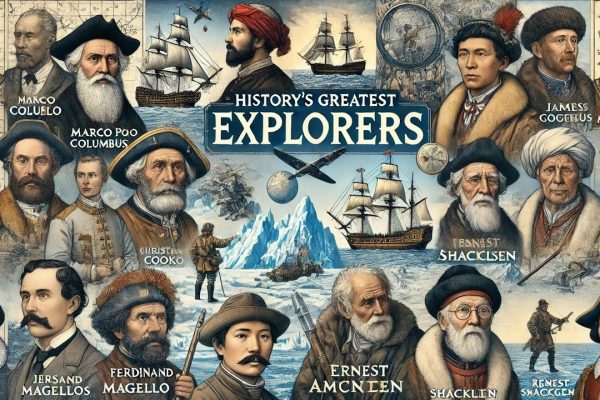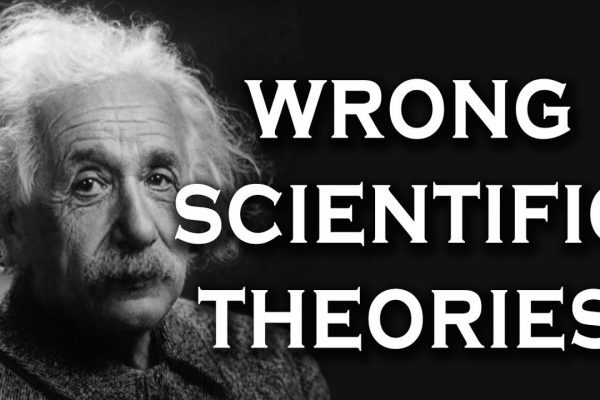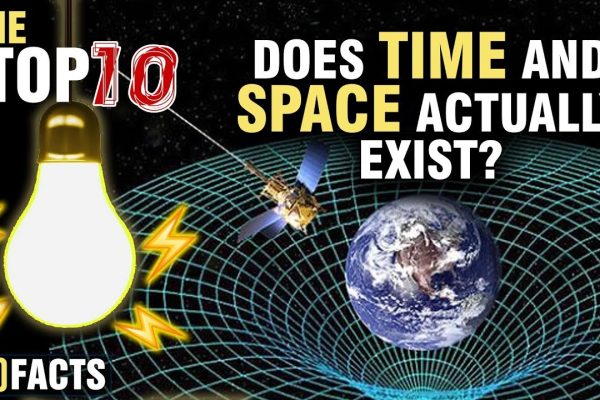
🌍 Top 10 Most Successful Exploration Expeditions in Modern History
Exploration didn’t end with the Age of Discovery—modern expeditions continue to push the boundaries of science, technology, and human endurance. From reaching the deepest parts of the ocean to landing on the Moon, these journeys have reshaped our understanding of the world and beyond. Here are the Top 10 Most Successful Exploration Expeditions in Modern…









